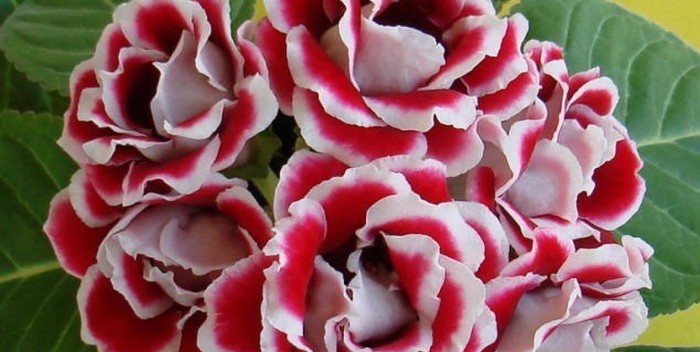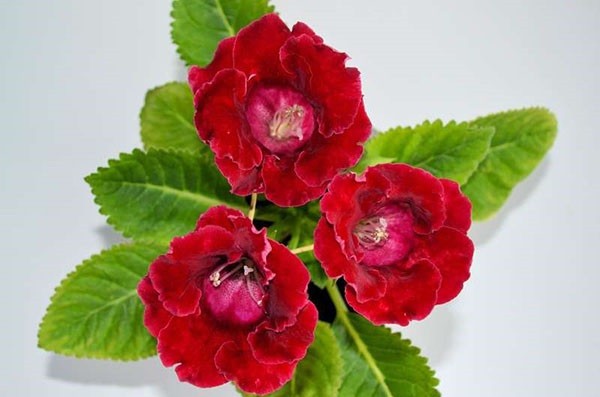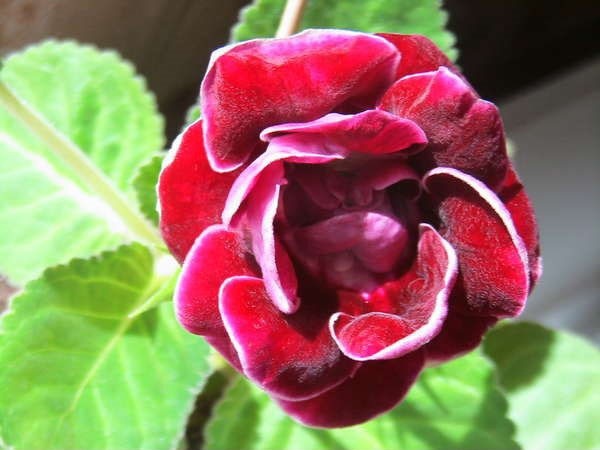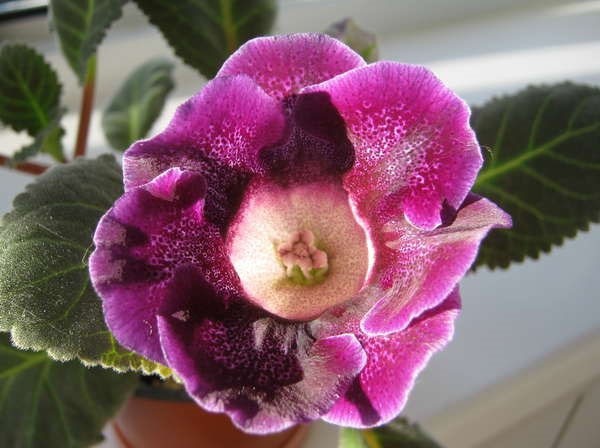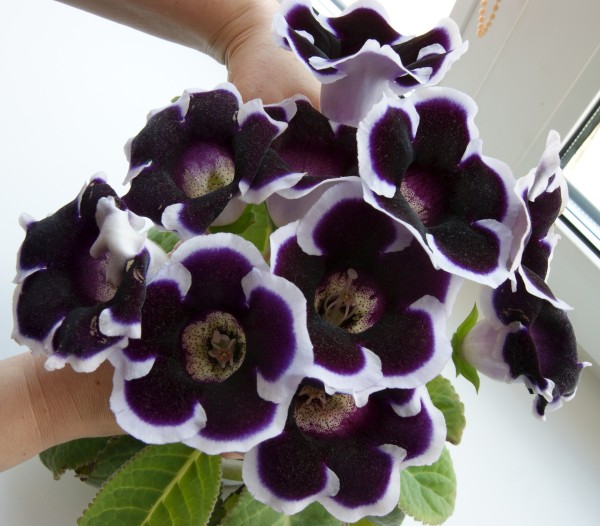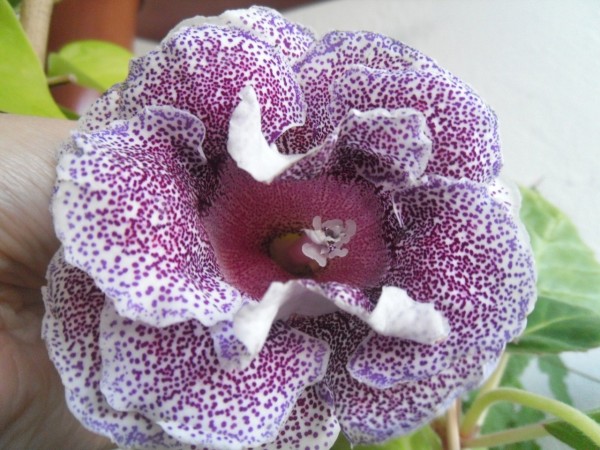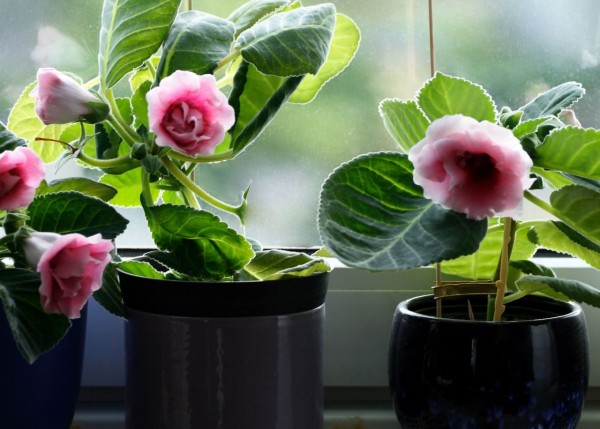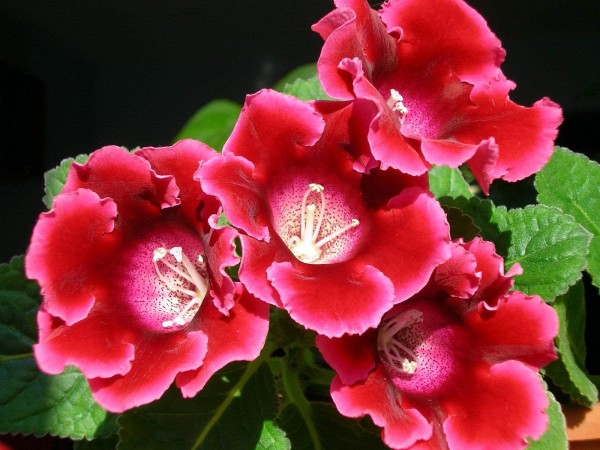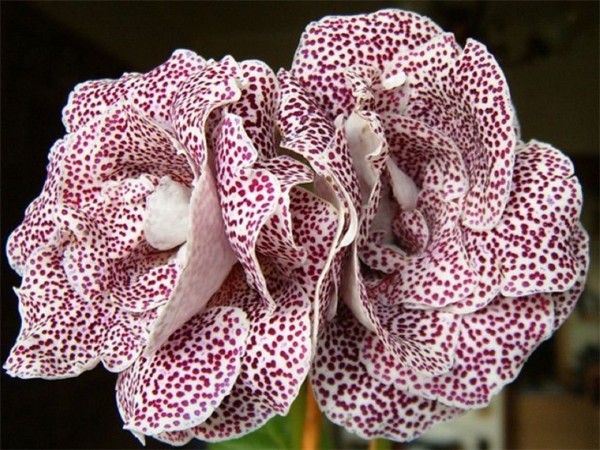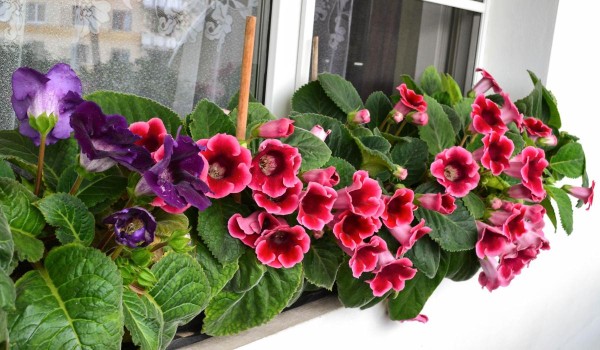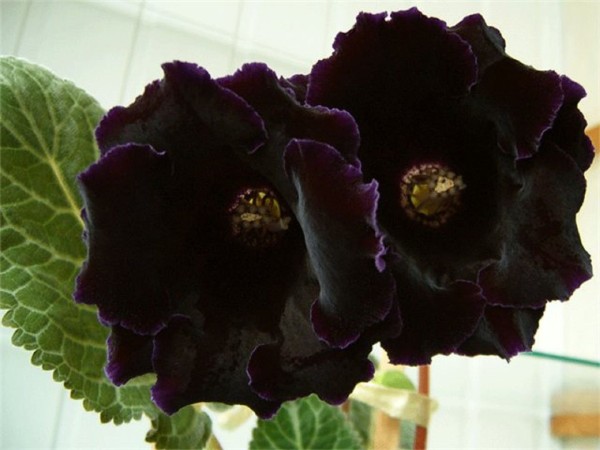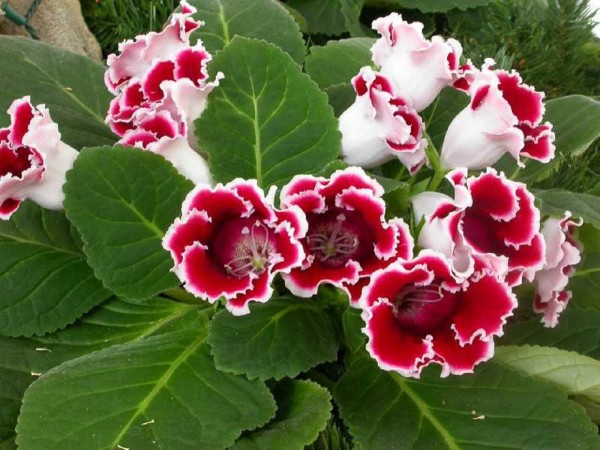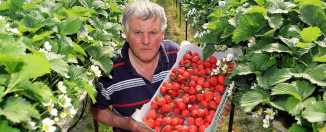Gloxinia: planting and care
Gloxinia is a popular flower among connoisseurs of indoor plants. Another name for this plant is synningia beautiful. It accurately describes the features of the flower. There are many varieties of gloxinia, differing not only in color, but also in the structure of the flower. Growing gloxinia is easy. An unpretentious plant will give joy for a long time with its abundant flowering.
Gloxinia varieties
Everything varieties hybrid synningia are divided into miniature and standard, which is determined by the size of the bush and flower. The most popular varieties include:
- Gloxinia Avante includes several varieties with different color options for the petals. A mature plant of this variety is distinguished by a compact rosette with simple velvety large flowers.
- Gloxinia Yesenia belongs to terry varieties. It is a medium-sized plant with a rosette of soft leaves with catchy flowers. The buds of this variety resemble pink when half-open. The blossoming flowers are crimson or crimson with pink or white edges.
- Gloxinia of the Hollywood variety has a simple flower structure. It has a purple color with a lemon-colored core with purple spots. This variety blooms magnificently with the formation of a small rosette.
- Gloxinia Kaiser Wilhelm has flowers of a simple structure. The color of the corollas is bright purple, with a whitish edge and a spotted core. With good care, this variety blooms long and luxuriantly.
- Gloxinia Cleopatra variety looks very impressive. This variety is distinguished by its double flowers with lilac or purple polka dots. Towards the edge, the pattern becomes paler and smaller. Taking good care of this variety will ensure long and lush bloom.
Planting gloxinia
This plant are planted tubers. Determining the landing time is easy. If shoots appear on top of the tuber or buds swell, it's time to plant the nodules in a pot. Before planting, the seed is inspected, the roots and damaged parts of the tuber are cut off, sprinkling the cuts with charcoal.
For gloxinia, a light soil is suitable, which is well permeable to moisture and air. It can be made by mixing 2 parts peat, 1 part sand, and 2 parts leafy earth. To disinfect them, it is recommended to hold them for some time in the oven or on a hot frying pan.
Gloxinia prefers shallow and wide pots, since its roots do not grow in depth, but grow horizontally. It is also important to take into account the size of the tuber itself; for large ones, larger pots are selected, up to 15 cm in diameter, and for small tubers, a pot of 9 cm in diameter will be enough.
A drainage layer of any suitable material must be laid on the bottom of the pot. The thickness of this layer of 2 cm will be enough. Then the soil is poured without compacting it. A small hole is made in the center of the pot and the tuber is placed there with the convex side down. Then the tuber is carefully sprinkled with soil, leaving a third of the tuber on the surface.
After that, a plastic bag is put on the pot to create a greenhouse effect and placed in a well-lit, warm place. Every day, the shelter is removed for 20 minutes for ventilation. When the first leaves come out, the package is removed during the day and put on at night. After a few days, the shelter is completely removed.
In the first days after planting, the plant needs to water very carefully in small portions. In this case, moisture should not be allowed to enter the leaves. This will allow the gloxinia to grow into a lush and strong plant.
Gloxinia care
This plant loves warmth, so during the day it needs a temperature of at least +20 degrees, and at night it can be 2 degrees lower. During the rest period, pots with gloxinia are transferred to a cool room, where the temperature does not exceed +14 degrees.
During active development, the flower needs high humidity. To do this, the pots with the plant are placed on special trays with water. The flower needs bright lighting, but does not tolerate the aggressive sun. Therefore, from February until April, pots with gloxinia can be placed on windowsills under direct sunlight, but starting from May, it is better to move them to the western or eastern windows. Such a measure will protect gloxinia from bright rays. If this is not possible and the windows face south, then you need to create diffused lighting by shading the plant with paper, tulle or gauze.
For irrigation, you must use soft, settled water. Watering the plant often should not be done, it is better to do it rarely, but abundantly, and during the winter dormancy, stop watering altogether.
From April to August, the plant needs to be fed. fertilizers for flowering plants. They are applied weekly after watering to avoid root burns.
Gloxinia transplant
Before proceeding with the transplant, it is necessary to prepare the tubers. They are taken out of the old pot, washed and the roots are cut off. All damaged spots on the tuber are cut out and the cuts are powdered with crushed coal. It is useful to soak the tubers for half an hour in a phytosporin solution in order to prevent rotting, and then dry them for a day.
The transplant procedure is no different from planting a plant in a pot. The only difference is that you may need a pot with a larger diameter.
